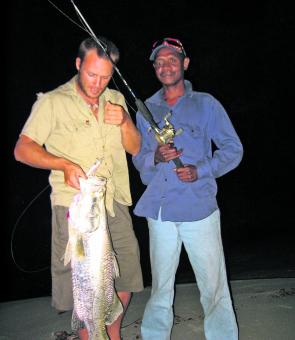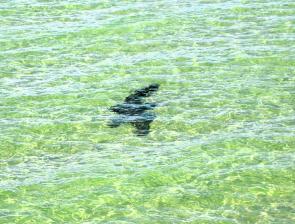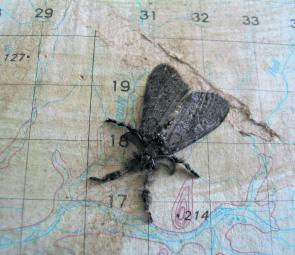Some of the bluewater addicts amongst us will be licking their lips in August, readying gear and replacing leaders on some heavy spin and overhead tackle.
The species one might encounter if they drew an imaginary line west past Weipa and then east of Lockhart River to the outer reef are truly immense.
Let’s go from west to east along that line with August in mind. Beginning with some of the rubble grounds and reef country in the shallow Gulf of Carpentaria. These are hugely productive reef systems attracting bait en mass. A staggering number of birds make this section of coast home, with frigates, terns, gulls and booby birds out on the fishing grounds every morning.
Bombarding bait schools, which are in turn being attacked from below, gatherings of birds can give signals as to which speedy predators are below. But in August, you might expect Spanish and grey mackerel, longtail and mack tuna, giant, golden and bludger trevally, cobia, queenfish, sailfish and the odd little black marlin.
Down a little deeper, anglers can expect fingermark, nannygai, various cod, black jew, bluebone and a host of other reef species. Reefs in the Gulf are rarely more than 30m deep and most of the contour lines and rubble patches that hold fish are much shallower again.
The west coast rivers are a pleasure to fish this time of year and anglers chasing smaller trevally and queenfish will have a great time at the river mouths. Blue salmon will be patrolling the gutters, as will dart, golden trevally, whiting, flathead, grunter, small barramundi and masses of mullet.
Clear conditions on an August morning will have the fly fisher eager to sight cast an array of tropical species on both the east and west coast of the Cape. On the east coast creeks and sand flats, opportunities will be brief in between gusts of breeze from the south.
Getting onto a remote creek mouth where a healthy sized sand spit makes crocodiles less of a risk, can make for fly fishing heaven. Long casts are possible and the currents can assist getting a fly into location. Often the first pocket of deeper water just inside the shallow mouth can be the most productive.
Having some of the first tidal current flowing back into the creek following a low tide will see the most aggressive behaviour. For that initial hour, many of the creeks inhabitants push towards the mouth to take advantage of the express train of food flowing back in with the tide.
It is incredible to see some of the life that floods in with the tide just on sunset and into the evening. It makes it even more miraculous the mass exodus that occurs on the opposing low tide. Being stuck in a tiny east coast creek over a low tide can get pretty dull for those last few hours. Best just to keep an eye out for passing mud crabs or throw a strip bait out for mangrove jack.
Moving out from the creeks and to the shallow inshore reefs and headlands, plentiful fingermark, cod, mangrove jack, stripies, trevally and others will hang around the rocky shorelines. Tuna schools will be munching through hordes of bait out in the bays with yellowfin further out at the major reef entrances.
Many of the pelagic species are swinging into full gear now with mackerel being the offshore trolling mainstay. Smaller black marlin will be seen around bait out in the paddock areas to be joined by sailfish from Cairns all the way up into the Torres Strait. That is an area so vast and fish filled, it would take ten anglers ten lifetimes to fish it all properly.
Reads: 1282
A sensational creek mouth barra caught on a fizzer at dusk, a great time to be tossing around surface offerings.

Look out for crocs when you are wading the flats!

This longtail tuna was pinned from a small dingy in Princess Charlotte Bay, one of the great places to visit on the east coast of Cape York.

A typical piece of Cape York map... creeks everywhere you look.




